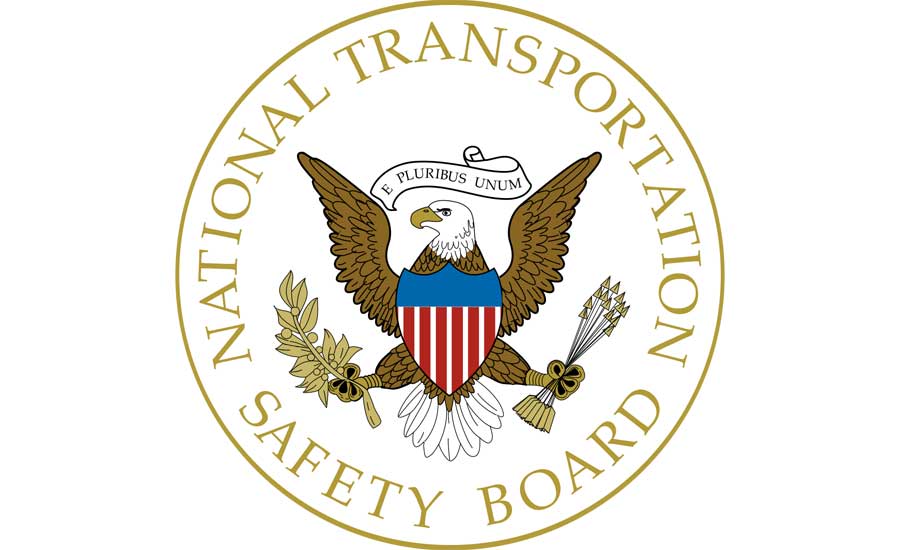An airplane that crashed right after takeoff in Addison, Texas last month seemed to lack a normal power level as it taxied down the runway, according to the National Transportation Safety Board (NTSB) investigation into the incident, which claimed the lives of ten people.
On the morning of June 30, 2019, the Beech BE-300 – which was bound for St. Petersburg, Florida - collided with a hangar and terrain after takeoff from Addison Airport (KADS). The airline transport pilot, the commercial co-pilot, and eight passengers sustained fatal injuries. The airplane itself was destroyed in a post-impact fire.
Normal operations until...
According to Federal Aviation Administration (FAA) air traffic control data, the pilot contacted ground control stating he was ready to taxi. He was provided with taxi instructions and cleared for takeoff. The takeoff and departure of the airplane was captured by radar and multiple security cameras and was observed by several witnesses located in various locations at the airport. One witness stated that as the airplane went down the runway, it seemed more quiet than normal and sounded like it did not have sufficient power to takeoff.
After the airplane lifted off, witnesses and several security cameras observed the airplane drift to the left, and then roll to the left before colliding with the hangar. One camera showed the airplane roll completely inverted before it collided with the hangar. Witness marks and wreckage distribution were consistent with the airplane impacting the top of the hangar in a right wing low, nose down, and inverted attitude. The empennage, right engine, and both propeller assemblies separated from the airplane during the impact sequence and were located inside of the hangar.
Fragmented pieces of both wings were located on top of the hangar, inside of the hangar, and immediately to the north of the hangar. The main wreckage, which included the left engine and the fuselage, was located outside of the hangar and it came to rest adjacent to a brick wall. The main wreckage came to rest on its right side and was destroyed by the impact forces and post-impact fire. The CVR recorded 2 hours of high-quality audio including the accident flight. A crew comment regarding a problem with the left engine occurred about 8 seconds before the end of the recording. Three automated "bank angle" aural alerts began about 3 seconds before the end of the recording.
What’s next?
A CVR group comprised of technical experts will convene at NTSB headquarters in Washington, DC, to review the entire accident recording, and produce a written transcript. Several avionics components and personal electronic devices were recovered from the wreckage. These components and devices were secured for further examination. Both engine assemblies were recovered from the wreckage and were secured for further examination.








